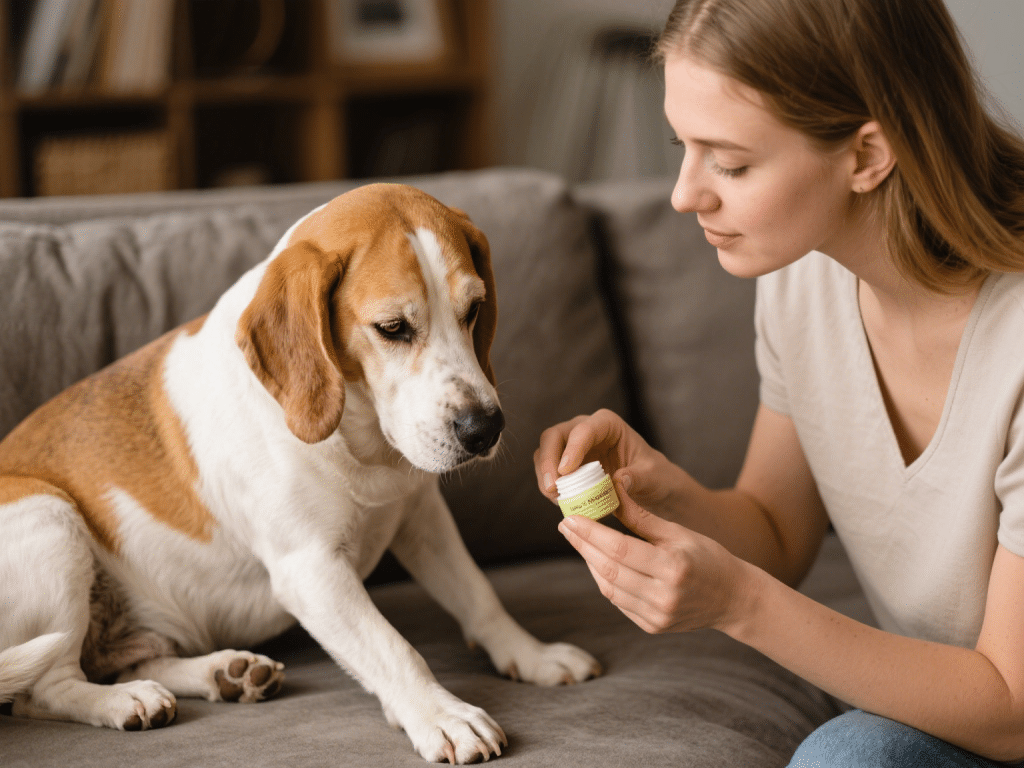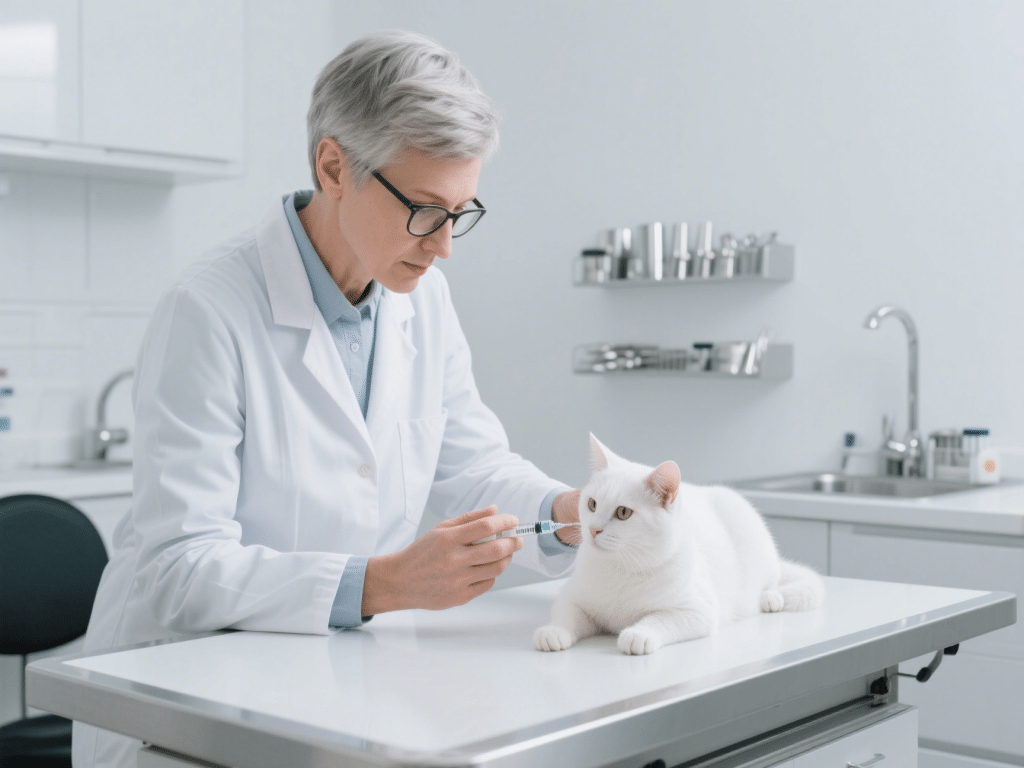Understanding Pet Anxiety: How to Help Your Pet Feel Calm
Understanding Pet Anxiety: How to Help Your Pet Feel Calm
Witnessing your beloved dog tremble during thunderstorms or your cat hide relentlessly from visitors is heart-wrenching. Pet anxiety is a widespread yet often misunderstood condition affecting millions of companion animals, manifesting in destructive behaviors, vocalization, withdrawal, or even aggression. Recognizing and addressing it is crucial for their long-term well-being and your bond.
Recognizing the Signs of Anxiety:
Behavioral: Excessive barking/meowing, destructive chewing (especially doors/windows), inappropriate elimination, pacing, hiding, clinginess.
Physical: Trembling, panting (without heat/exertion), drooling, dilated pupils, excessive shedding, loss of appetite.
Situational Triggers: Loud noises (fireworks, thunder), separation, vet visits, new people/animals, travel, changes in routine/environment.
Common Causes & Types:
Separation Anxiety: Distress when left alone, often leading to destruction near exits or vocalization.
Noise Phobias: Extreme fear of specific sounds (thunder, fireworks, construction).
Generalized Anxiety: Persistent, low-grade worry not tied to a single trigger.
Fear-Based Anxiety: Triggered by specific situations, objects, or experiences (e.g., vet, strangers, car rides).
Age-Related Anxiety: Cognitive decline in senior pets causing confusion and insecurity.
Evidence-Based Strategies to Help Your Pet:
Veterinary Consultation First:
Rule out underlying medical issues (pain, thyroid problems, neurological disorders) mimicking anxiety.
Discuss suitability of prescription anti-anxiety medications or supplements (e.g., Solliquin, Zylkene, Adaptil/Feliway analogs) for severe cases.
Create a Safe Sanctuary:
Dedicate a quiet, easily accessible room or crate draped with blankets for sound dampening.
Add familiar bedding, unwashed clothing with your scent, and puzzle feeders.
Use pheromone diffusers (Adaptil for dogs, Feliway for cats) mimicking calming natural signals.
Counter-Conditioning & Desensitization (CC&D):
Desensitize: Gradually expose your pet to a very low intensity version of their trigger (e.g., recording of thunder played softly).
Counter-Condition: Pair this low-level exposure with something highly positive (e.g., chicken, playtime). Never force interaction.
Key: Progress intensity extremely slowly. Stop immediately if signs of stress appear. Consult a certified animal behaviorist (CAAB, KPA-CTP) for complex cases.
Build Confidence & Routine:
Predictability: Feed, walk, and play at consistent times. Use visual cues (e.g., specific leash for walks).
Enrichment: Daily mental stimulation (snuffle mats, food puzzles, training sessions) reduces pent-up energy and stress.
Reward-Based Training: Reinforce calm, relaxed behavior (“capturing calmness”). Teach “settle” or “go to mat” cues. Avoid punishment, which heightens anxiety.
Manage the Environment During Triggers:
Noise Phobias: Close curtains, play white noise/calming music (Through a Dog’s Ear), use a ThunderShirt (pressure wrap). Stay calm yourself.
Visitors: Allow pets to retreat. Ask guests to ignore the pet initially. Provide high-value treats guests can toss (without forcing interaction).
Separation Anxiety: Practice very short departures (seconds/minutes), gradually increasing duration. Avoid prolonged emotional farewells/greetings.
Consider Calming Aids (Discuss with Vet):
Supplements: L-Theanine, L-Tryptophan, Magnolia/Phellodendron extracts, CBD (ensure broad-spectrum, 3rd-party tested, vet-approved).
Pressure Wraps: Thundershirt or Anxiety Wrap can provide comfort via gentle, constant pressure.
Calming Diets: Some prescription or OTC diets contain calming nutrients (e.g., Hill’s c/d Stress, Royal Canin Calm).
Professional Support is Vital:
Veterinarian: Essential for diagnosis, medical management, and referral.
Certified Animal Behaviorist (CAAB, ACAAB) or Veterinary Behaviorist (DACVB): Gold standard for designing and overseeing complex behavior modification plans like CC&D.
Fear Free Certified Professionals: Trainers and vets trained in low-stress handling.
Patience & Consistency are Key:
Resolving anxiety is rarely linear. Setbacks happen. Focus on small improvements, celebrate victories, and prioritize your pet’s emotional comfort. By understanding their distress and implementing these science-backed techniques compassionately, you can significantly improve their sense of security and help them lead a calmer, happier life. Your dedication makes all the difference.









Comments on "Understanding Pet Anxiety: How to Help Your Pet Feel Calm" :